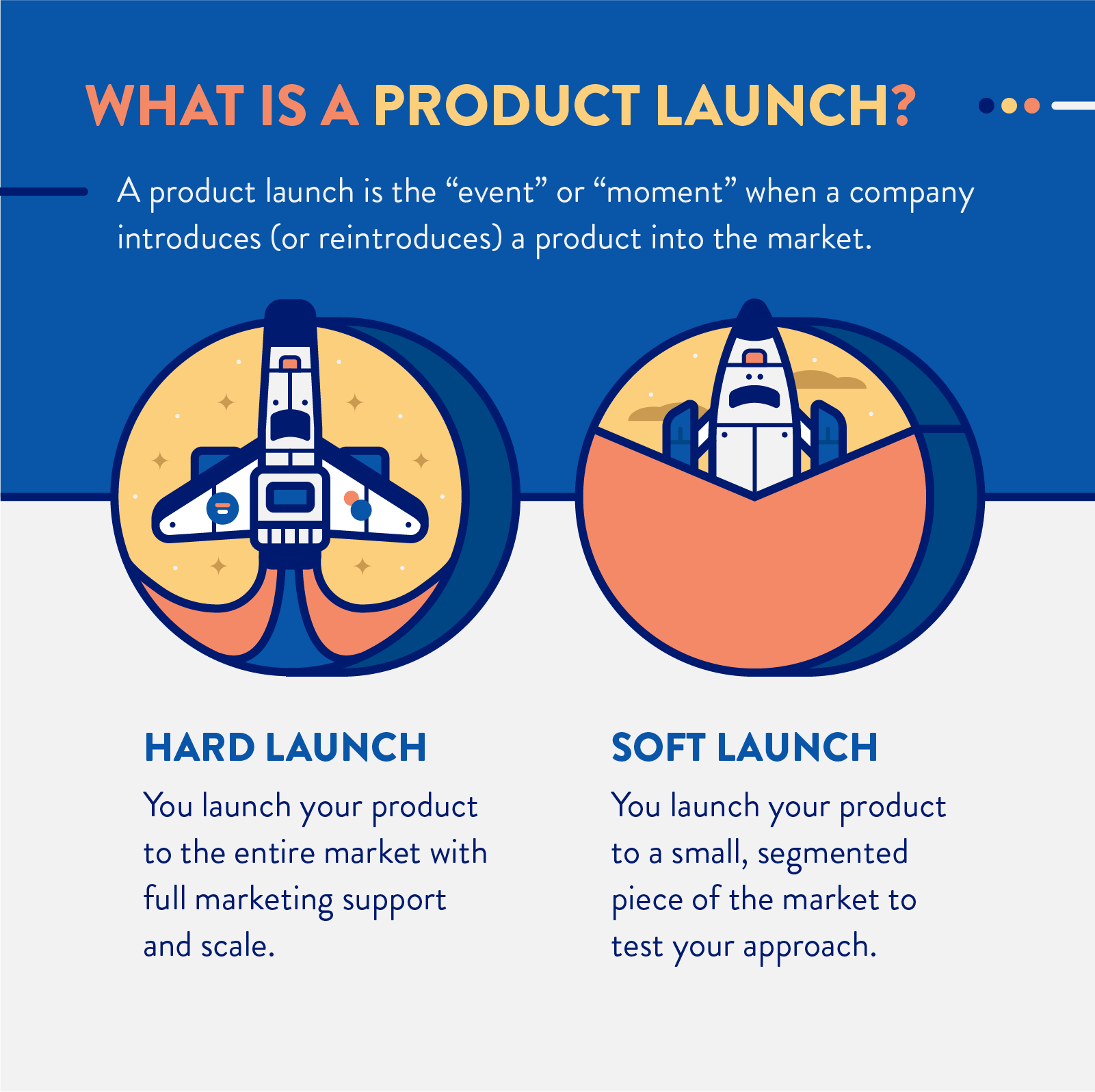Product Launch
What is a Product Launch?
Definition:
Product Launch Strategy refers to the comprehensive plan and approach taken by a business or organization to introduce a new product to the market successfully. It involves careful planning, coordination, and execution of various elements such as product positioning, marketing, distribution, and customer engagement. A well-designed product launch strategy aims to create awareness, generate interest, and drive sales for the newly introduced product.
Analogy:
Consider a product launch strategy as the opening night of a highly anticipated movie. Just as movie producers meticulously plan promotional activities, coordinate with actors, and generate buzz to ensure a successful premiere, a product launch strategy involves a coordinated effort to create excitement, anticipation, and ultimately a positive reception for the new product.
Further Description:
Product launch strategy development involves several key components:
Market Research: Thorough market research helps identify target audiences, understand their needs, and assess the competitive landscape. This knowledge forms the foundation for effective product positioning.
Product Positioning: Clearly define the unique value proposition and positioning of the new product in the market. This involves understanding how the product meets the needs of consumers and differentiates itself from existing offerings.
Marketing and Communication: Develop a comprehensive marketing plan that includes promotional activities, advertising campaigns, and communication strategies to build awareness and generate interest in the new product.
Distribution Plan: Establish an effective distribution strategy to ensure the product is available where and when customers want it. This may involve partnerships with retailers, online platforms, or a direct-to-consumer approach.
Launch Event or Campaign: Consider organizing a launch event or campaign to create a memorable impact. This could include live events, online webinars, or social media campaigns to engage the target audience and generate excitement.
Sales Enablement: Equip the sales team with the necessary tools, training, and resources to effectively promote and sell the new product. This includes product training, sales collateral, and customer support readiness.
Customer Feedback Mechanism: Implement a mechanism to gather feedback from early adopters and customers. This feedback is valuable for refining the product, addressing issues, and improving future product launches.
Why is Product Launch Strategy Important?
Market Entry: A well-executed product launch strategy facilitates a successful entry into the market, establishing the product’s presence and positioning.
Brand Visibility: A strategic launch generates buzz and increases brand visibility, capturing the attention of the target audience and creating a positive first impression.
Competitive Edge: A thoughtfully planned launch helps differentiate the product from competitors, showcasing its unique features and benefits.
Sales Acceleration: An effective launch strategy drives initial sales momentum, setting the stage for sustained success in the market.
Customer Engagement: Engaging customers early in the product lifecycle fosters a sense of involvement and loyalty, creating a foundation for long-term relationships.
Examples and Usage:
Apple iPhone Launches: Apple is renowned for its meticulously planned and highly anticipated product launches, creating excitement and anticipation among consumers with each new iPhone release.
Tesla Model 3 Launch: Tesla’s launch strategy for the Model 3 involved a combination of online reservations, strategic marketing, and a carefully orchestrated unveiling event, contributing to the immense success of the electric car.
Coca-Cola’s New Product Introductions: Coca-Cola employs various launch strategies when introducing new beverage products, combining traditional advertising, social media campaigns, and experiential marketing to build excitement and drive sales.
Key Takeaways:
- Understand the market, target audience, and competition to inform product positioning.
- Clearly define the unique value proposition and positioning of the new product.
- Develop a detailed marketing plan encompassing promotional activities, advertising, and communication strategies.
- Establish a distribution plan to ensure the product is available where and when customers want it.
- Consider organizing a launch event or campaign to create excitement and engagement.
- Equip the sales team with the necessary tools and training to effectively promote and sell the new product.
- Implement a mechanism to gather feedback from early adopters and customers for continuous improvement.





